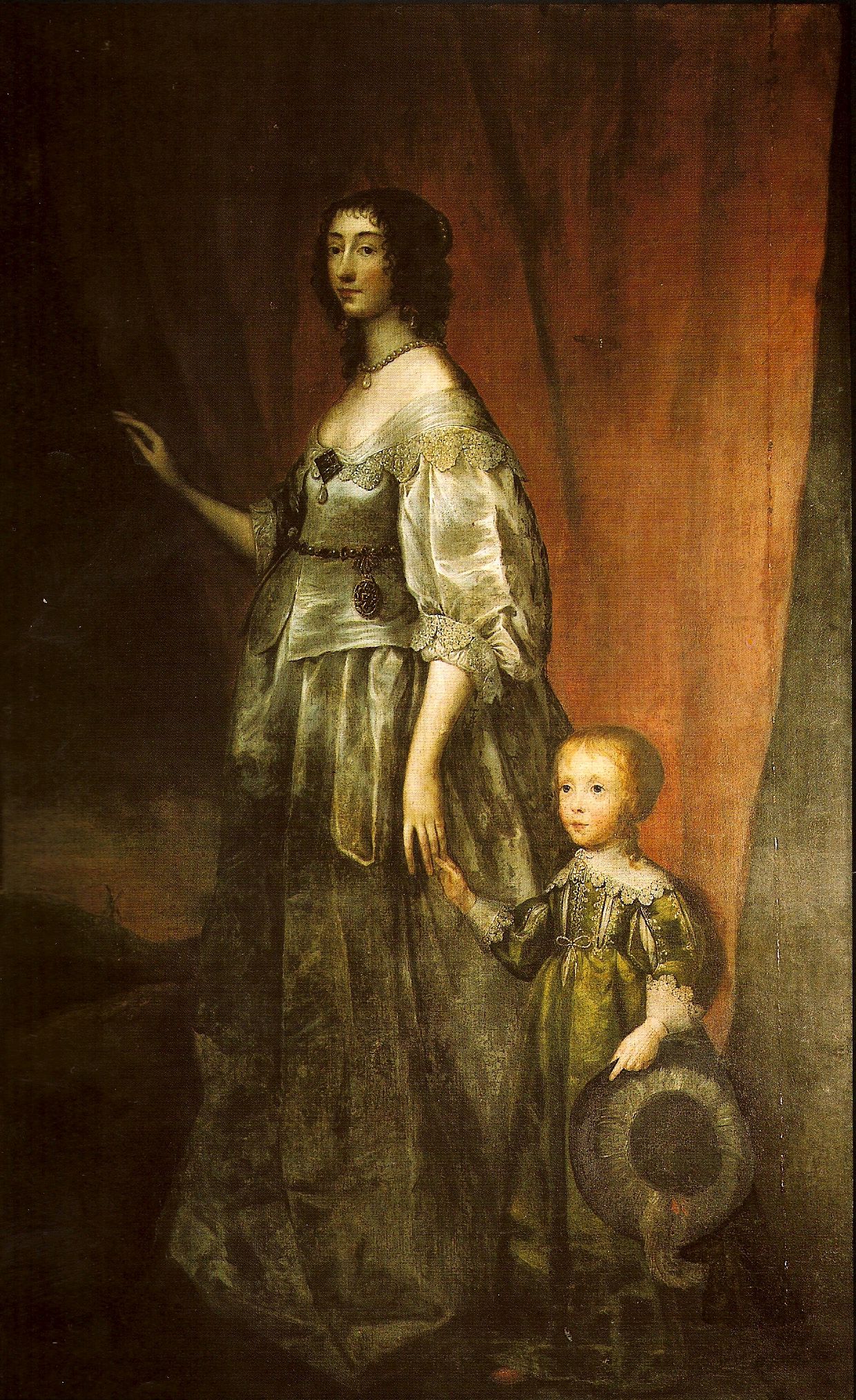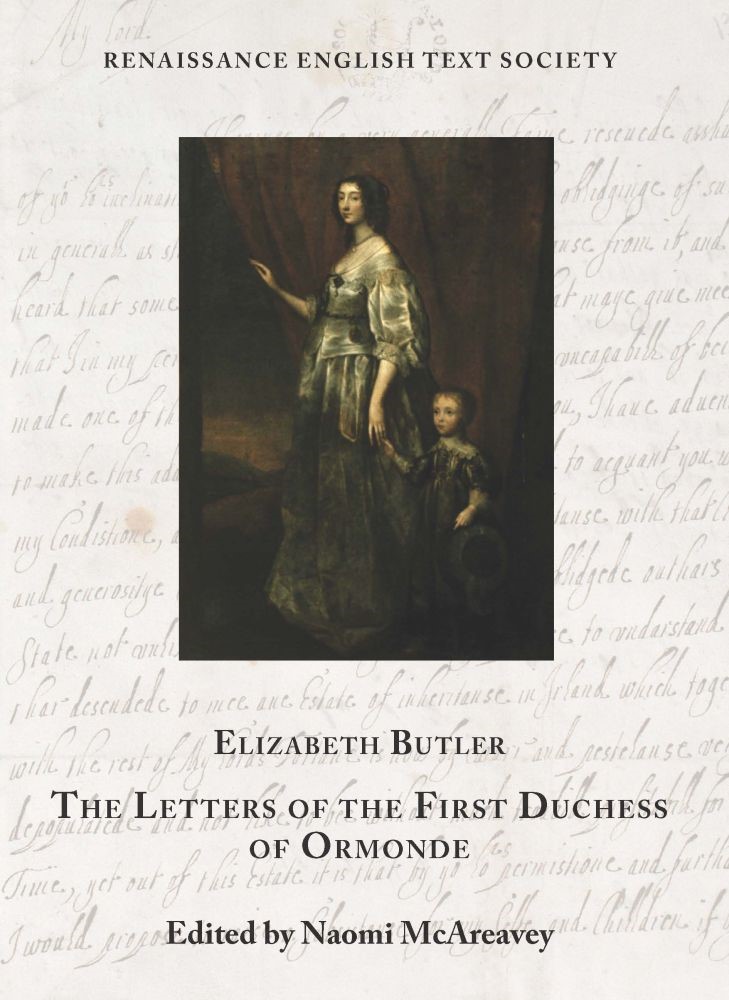The noblest Person, The wisest female:
The 1st Duchess of Ormonde and her letters
Upon viewing the painting of the countess of Ormonde with her young son in the Portrait Gallery at Kilkenny Castle, you would be forgiven for assuming that her main duty was to produce a male heir.
In fact, this was only one of her many responsibilities as co-head of one of the most powerful dynasties in early modern Ireland.
Elizabeth Butler, née Preston (1615–84), had inherited, through her mother (daughter and heir to the 10th Earl of Ormonde), more than half of the Ormonde estate, including Kilkenny Castle.
Her marriage to her second cousin, James Butler, Viscount Thurles, reunited the estate and title when he became 12th Earl. Alongside her illustrious husband, she enjoyed a dizzying ascent from Viscountess Thurles and Baroness Dingwall in her own right, to countess, marchioness, and then duchess of Ormonde.
At the peak of their power, she and the duke were the most influential couple in 17th-century Ireland.
This exhibition brings to life the woman behind the portrait by showing examples from the collection of more than 300 of Elizabeth’s surviving letters.
From her earliest letter, composed when she was a young bride in her mid-teens, to the last, sent as a great-grandmother in her late sixties, she emerges as a capable wife, wise mother, indulgent grandmother, loyal friend, generous benefactor, and demanding mistress.
Her handwritten letters reveal the importance of her letter-writing to the advancement of the interests of the Ormonde/Butler family during the tumultuous decades of the mid-17th century.
When the couple was separated, exiled, and dispossessed during the Cromwellian era, their survival was due as much to Elizabeth’s efforts as to her husband’s.
The petition letter to Cromwell that led to the restitution of a portion of the Ormonde estate and her return to Dunmore House in Kilkenny in the 1650s is the centrepiece of the exhibition.
Other letters, written to her husband, sons, friends, and agents, reveal her wide-ranging activities.
She managed the household, estates, and finances; maintained and expanded social networks; distributed patronage and charity; oversaw her children’s education and marriages; and kept a cool head during a crisis.
This exhibition showcases the duchess’s role in preserving the honour and interests of the Ormonde/Butler family.
In this correspondence we can see the vitality of Elizabeth’s writing and the material and rhetorical power of her letters.
The vigour of the letters is evident even in the way she signed her name. Elizabeth, unlike her husband, always used the terminal ‘e’ in ‘Ormonde’.
At a time when spelling was not yet standardised, Elizabeth’s consistent identification with the feminine ‘e’ tantalisingly suggests an attempt to differentiate herself from her husband and stake her own unique claim to the Ormonde name.
By adopting her spelling of Ormonde rather than her husband’s, this exhibition aims to restore the first duchess to her rightful position in the illustrious history of the Ormonde/Butlers of Kilkenny Castle.
Letters
18 May [1630],
Viscountess Thurles – writing from Iron Acton – to her husband’s grandfather, the earl of Ormonde
This letter reveals the confidence and self-efficacy of the young Viscountess Thurles, and the continued importance of her paternal family, the Prestons, following her marriage.
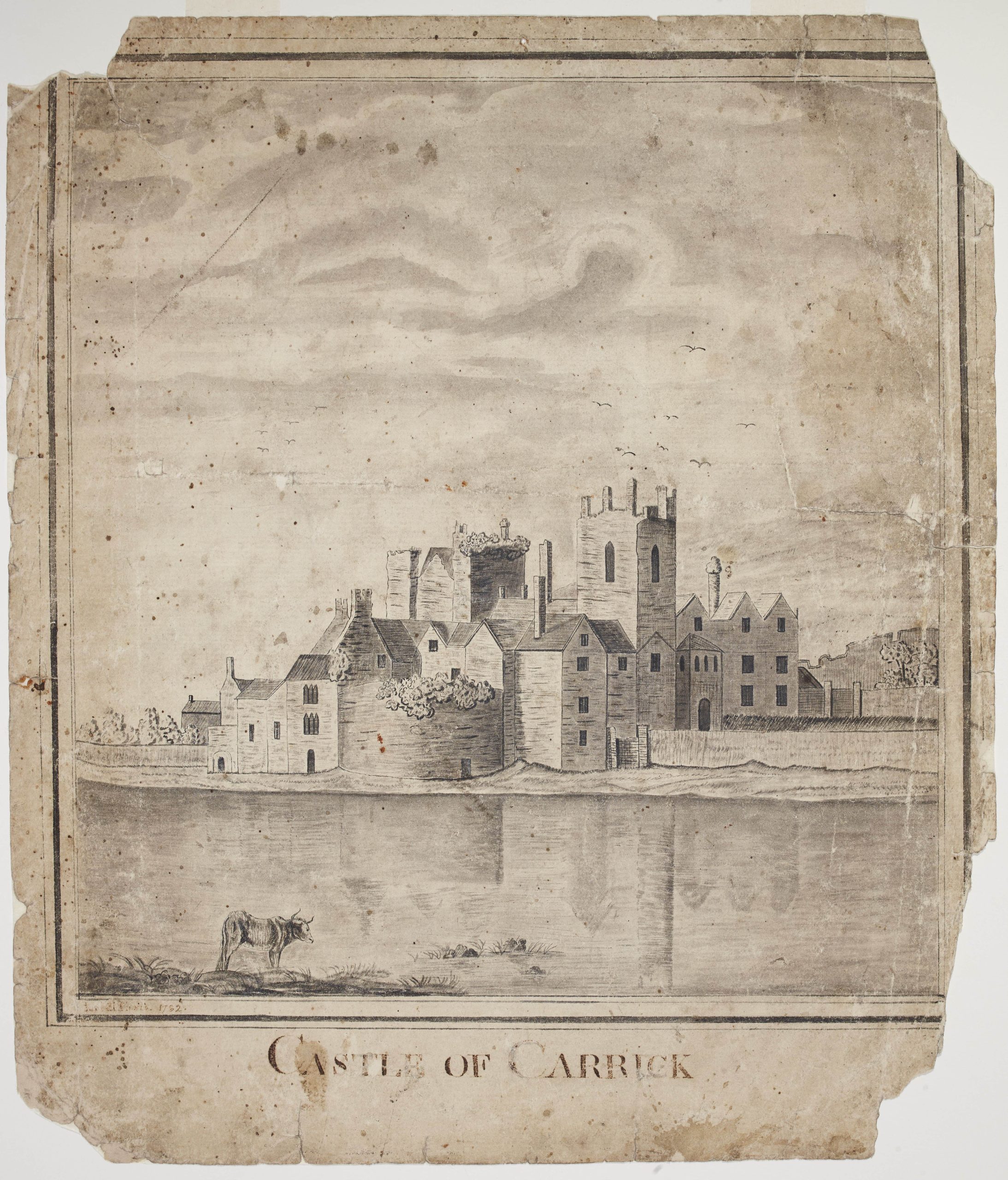
Castle of Carrick on suir by Purcell Richard (1746-1766)
Reproduced courtesy of the National Library of Ireland

Portrait of Sir Edward Nicholas (1593-1669)by Sir Peter Lely (1618-1680).
© National Portrait Gallery, London.
20 June 1649,
The marchioness of Ormonde – probably writing from Caen – to her friend Sir Edward Nicholas
This letter reveals the marchioness of Ormonde’s involvement in a Royalist intelligence network based in Caen, Normandy, where she lived in exile with her children and other Irish Royalists.
2 May 1652,
The marchioness of Ormonde – writing from Caen – to the Lord Protector, Oliver Cromwell
This letter represents an important turning point for the marchioness of Ormonde as she distanced herself from her exiled husband and his royalism in order to secure a portion of the confiscated Ormonde estate in her own right.

Portrait of Oliver Cromwell (1599-1658), Studio of Peter Lely (1618-1680).
Courtesy of the Cromwell Museum, Huntingdon, UK
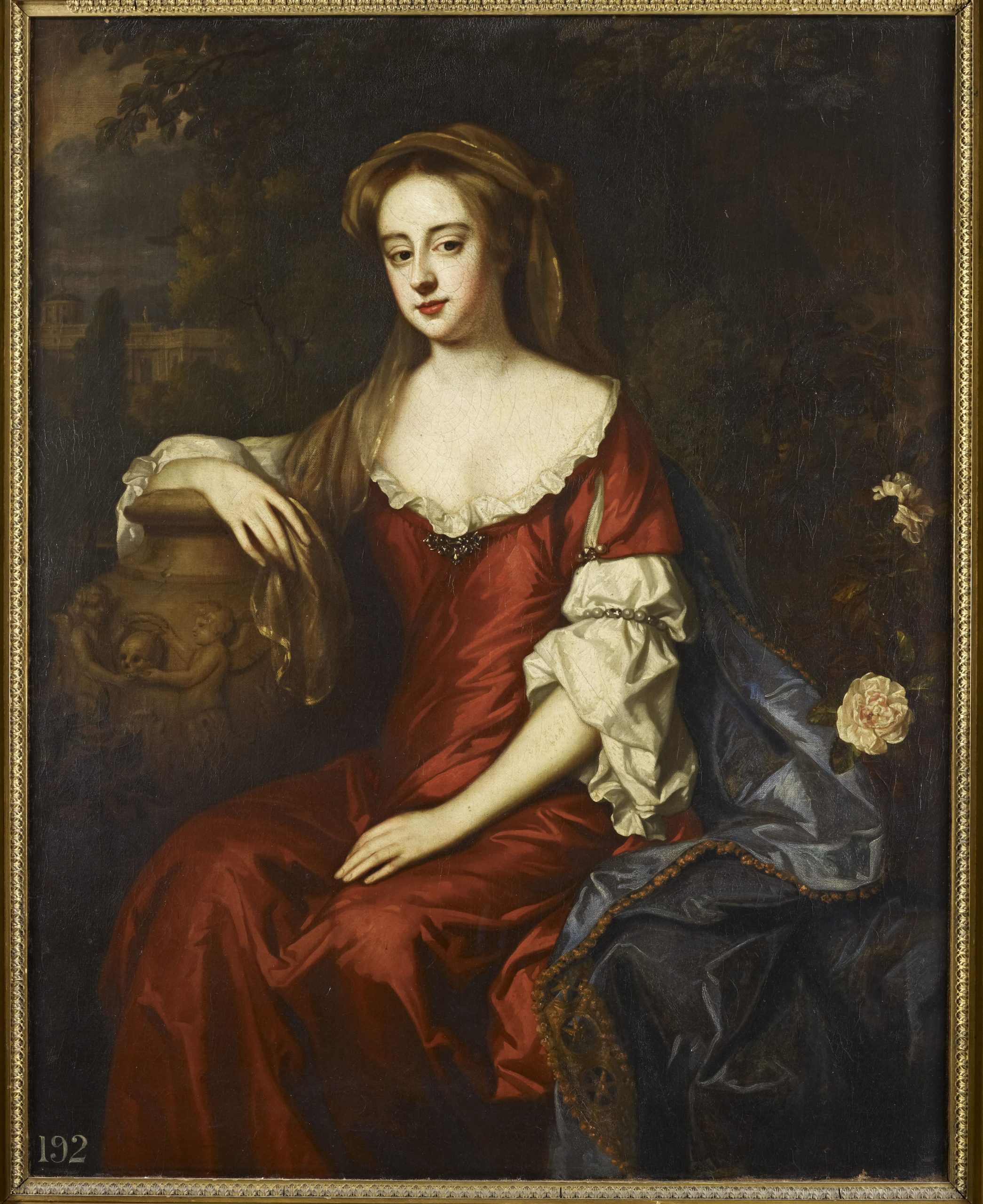
Portrait of Amelia of Nassau, countess of Ossory (1635-1688) by Willem Wissing (1656-1687).
Reproduced courtesy of Royal Collection Trust / © Her Majesty Queen Elizabeth II 2022
26 November 1658,
The marchioness of Ormonde – writing in the guise of ‘JH’, probably from Dunmore House – to her husband, the marquis of Ormonde, whom she disguises as ‘Mr James Johnson’
This letter shows the changing power dynamic between the marchioness and her husband as she made a new life for herself and her youngest children in Dunmore and he continued his precarious existence in Continental exile.
7 May 1660,
The marchioness of Ormonde – probably writing from Dunmore House– to her agent Stephen Smith
This letter reveals the importance of women in the marchioness’s social and political network during the crises of the mid-17th century.

Portrait of Christian Bruce, countess of Devonshire (1595-1675) by Paul van Somer (1577-1621).
Courtesy of North Carolina Museum of Art, Raleigh, USA North Carolina Museum of Art/Bridgeman Images.
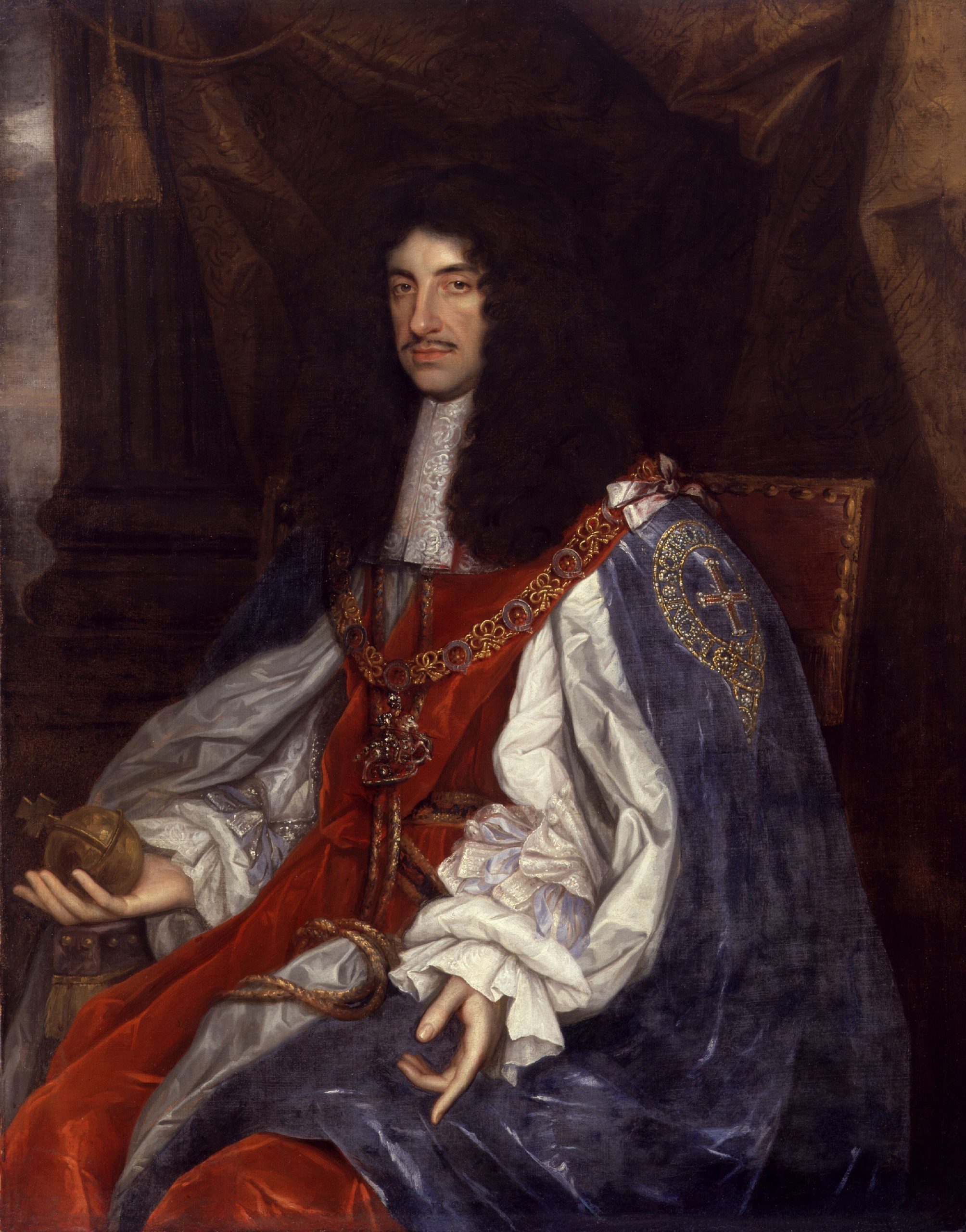
Charles II By John Michael Wright
© National Portrait Gallery, London
11 May 1660,
The marchioness of Ormonde – writing from Dunmore House – to her husband, the marquis of Ormonde
Letters, such as this one, sent to her husband in the wake of the Restoration of Charles II in May 1660 reveal the ways the marchioness prepared for the changes that were coming to her and her family.
May 1660,
The marchioness of Ormonde – probably writing from Dunmore House – to her friend Anne Hume
This memorandum demonstrates the continued importance of female agents in the marchioness’s social and political activities in the early weeks of the Restoration.

Portrait of Elizabeth Butler, countess of Chesterfield (1640-1665) by Sir Peter Lely (1618-1680).
by kind permission of the Board of Trustees of the Chevening Estate.
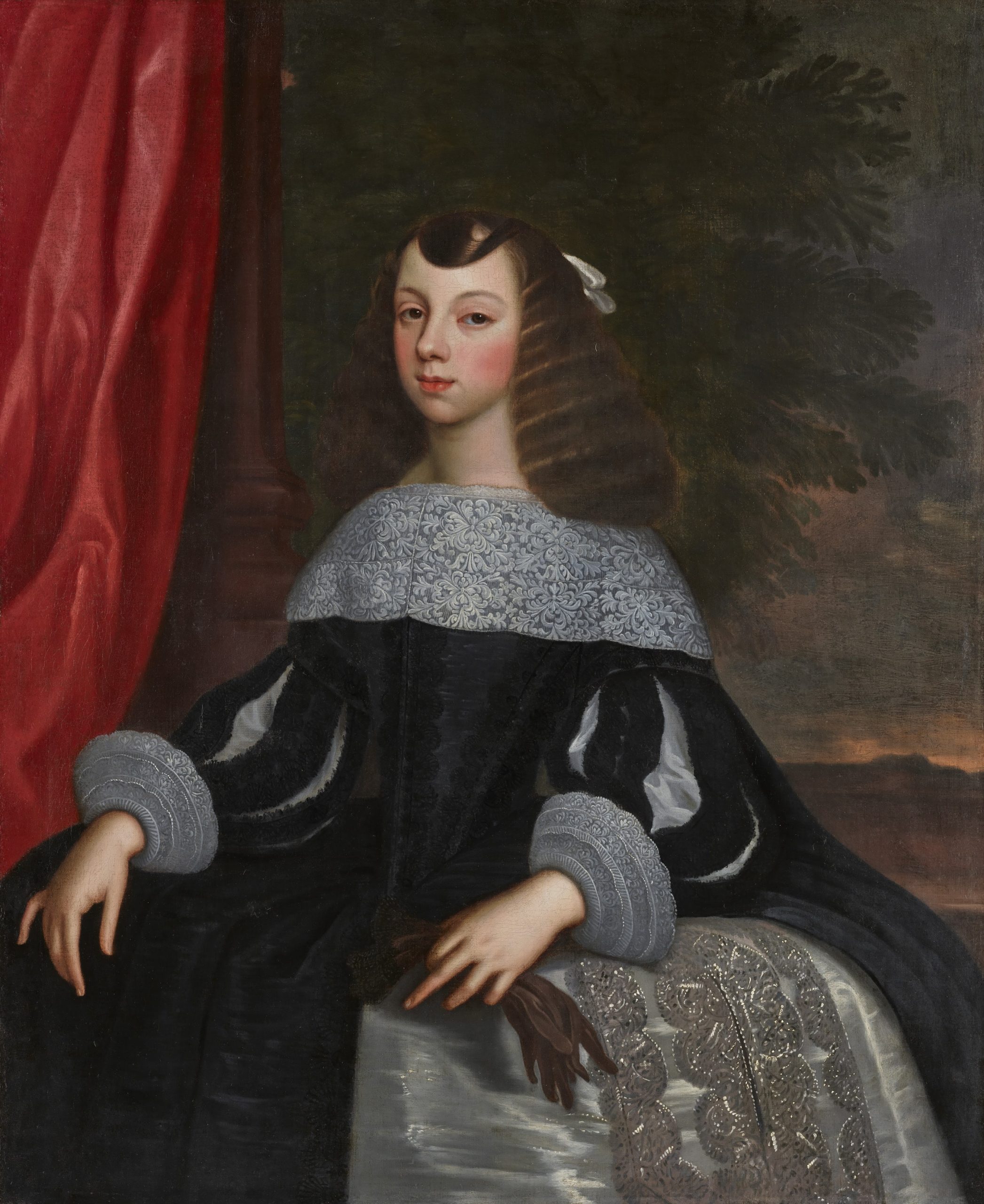
Portrait of Catherine of Braganza (1638-1705) by Dirck Stoop (1615-1686).
© National Portrait Gallery, London
16 November [1663],
The duchess of Ormonde – writing from Dublin or Kilkenny – to the queen, Catherine of Braganza
This letter demonstrates the duchess’s intimacy with the queen, her understanding of the pressure on royal and aristocratic women to produce a male heir, and the devastation when they are unable to do so.
7 October [1666],
The duchess of Ormonde – writing from Kilkenny – to her kinsman Colonel William Legge
This letter shows the duchess’s role in overseeing the marriage negotiations of her children and indicates her responsibility for the women who marry her sons.

Portrait of William Legge (1609-1672) after Jacob Huysmans (1633-1696).
© National Portrait Gallery, London
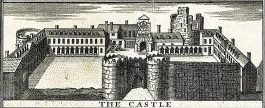
Dublin Castle
Brooking map, 1728
Courtesy of the Office of Public Works, Dublin Castle
16 February 1669,
The duchess of Ormonde – probably writing from London – to her brother-in-law Captain George Mathew
This letter, written as she was about to leave the role of Irish vicereine, sheds light on the duchess of Ormonde’s understanding of the position.
31 May 1669,
The duchess of Ormonde – writing from Kilkenny Castle – to her husband, the duke of Ormonde
During the crisis of her husband’s dismissal, the duchess travelled to Ireland to oversee the family’s removal from the viceroy’s residence at Dublin Castle to the family seat at Kilkenny Castle: this letter describes her activities during this important visit.

The County of Kilkenny by William Petty (1623-1687)
Reproduced courtesy of Bibliothèque Nationale de France

Richard Butler, earl of Arran (1639-1686) by Samuel Cooper (1609-1672)
Reproduced courtesy of The Portland Collection, Harley Gallery, Welbeck Estate, Nottinghamshire / Bridgeman Images
6 January 1683,
The duchess of Ormonde – probably writing from London – to her son, the earl of Arran
The letters sent in the final years of the duchess’s life reveal a more settled and contented existence but similar preoccupations with her family and their position in the world.
Exhibition Credits
Interpretation and Text:
Dr Naomi McAreavey
Sarah Maguire
Audio:
Bettina Norton
Suzanne Ni hAodha
Curated by:
Maelle Champenois
Letters:
The National Library of Ireland (NLI, Ormond Papers, 2486, no. 195)
The British Library (BL, Egerton MSS., 2533, fol. 496)
The Society of Antiquaries of London (SAL MS 138)
The Bodleian Libraries, University of Oxford (Bodl., Carte Papers, 213, fols 168–69)
The National Library of Ireland (NLI, Ormond Papers, 2324, no. 1334, p. 199)
The Bodleian Libraries, University of Oxford (Bodl., Carte Papers, 30, fol. 645)
The Bodleian Libraries, University of Oxford (Bodl., Carte Papers, 214, fols 221–22)
The Bodleian Libraries, University of Oxford (Bodl., Clarendon Papers, 92, fols 69–70)
The National Library of Ireland (NLI, Ormond Papers, 2503, no. 13)
The Bodleian Libraries, University of Oxford (Bodl., Carte Papers, 243, fols 12–13)
The National Library of Ireland (NLI, Ormond Papers, 2427, no. 7735, p. 225)
Images:
National Library of Ireland
Country Life/Bridgeman Images
National Portrait Gallery, London
Bibliothèque Nationale de France
Cromwell Museum, Huntingdon, UK
Royal Collection Trust / © His Majesty Charles III 2023
North Carolina Museum of Art, Raleigh, USA/Bridgeman Images
The Trustees of the British Museum.
The Board of Trustees of the Chevening Estate
Private collection © Sotheby’s
The Office of Public Works, Dublin Castle
The Portland Collection, Harley Gallery, Welbeck Estate, Nottinghamshire / Bridgeman Images
English Heritage, Audley End House and Gardens. Photography courtesy of Mark Asher.

